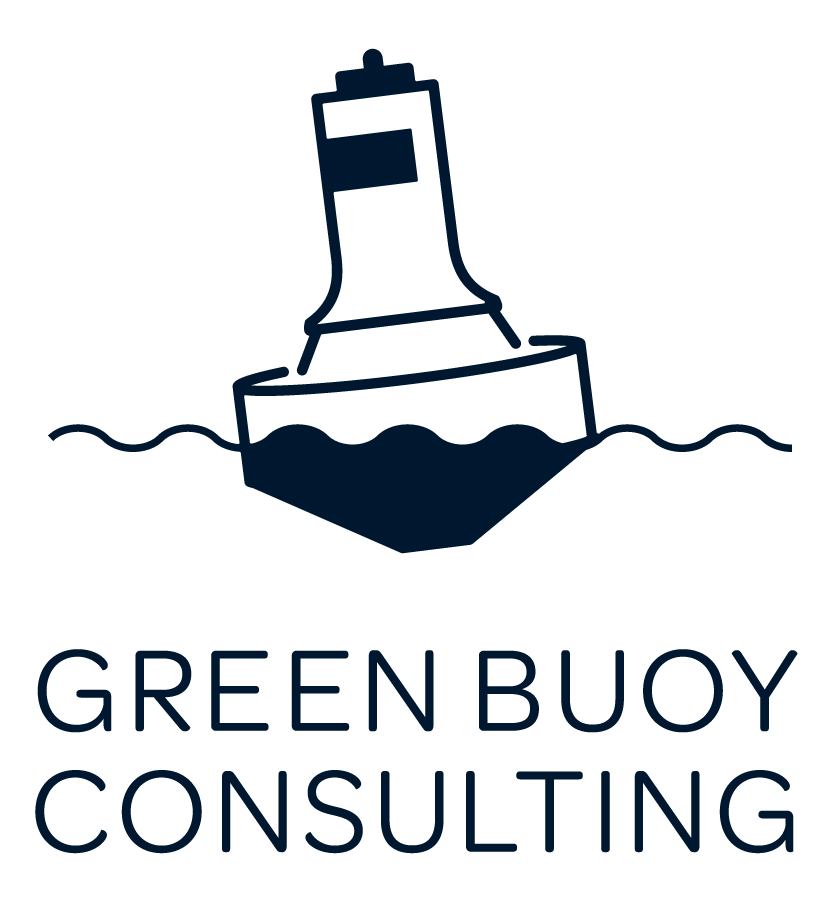B Corp Certification Tips for Small Companies
Are you a company with less than 100 employees? Are you in the thick of the B Corp certification process? These tips are for you.
In working with clients, I’m seeing a definite shift in the size of companies applying for B Corp certification. More and more, smaller companies are using the B Impact Assessment (BIA) to help grow their business. If you have less than 100 employees, read on to learn how to maximize your certification process.
I talk to clients about four main parts within the B Corp certification process: preparation (unofficial but important!), completing the BIA, submission and B Lab verification. Use these tips to help make each stage run smoothly. (Unsure about the steps? Read through this certification page a few times to familiarize yourself with the process and each step.)
Preparing for B Corp
Get Your Track Size Right
Use B Lab’s knowledge base to help calculate employees and your track size. The questions and points will vary with your choice to make sure you’re selecting the right employee mix. The BIA takes contractors, part-time workers and owners into careful consideration and outlines how these standard small business workers should be designated.
Companies that are owner-managed without full-time employees may qualify for the zero-worker track. The knowledge base will help categorize if this is your company.
Photo by Bench Accounting on Unsplash
Get Governance Together
There are numerous steps to make sure you’re putting the right step forward with B Corp certification. You’ll need executive sign-off, some important policies and an understanding of the legal changes.
Do you have a board of directors? They’ll need to formally sign an intent to become certified. If your company’s highest level of oversight is the executive team (totally fine, by the way), note that within the questions on the BIA and have them formally sign the intent. Does your company have outside investors or owners? Make sure they’re on board with certification as well.
All B Corps must adopt the benefit corporation legal designation. The legal designation section of certification is required. Let me repeat, the legal designation and change for certification is required. You can read more about that and how it applies to your jurisdiction here.
Completing the B Impact Assessment
Documentation Is Your Friend
When going through the assessment, you’ll notice a comment section and a place to upload documentation at the bottom of each question. Do not neglect documentation, it will save you time later. For each question answered in the affirmative, upload supporting documentation.
You can also use the comments section to write notes to yourself about the question. Every comment can be deleted in advance of submission. I regularly write where I believe something is stored, progress on a policy, or any other pertinent notes to myself. You can always delete it later.
Photo by Luke Southern on Unsplash
Filtering the BIA
Once you’ve taken an initial pass through the assessment, use the filters to help organize continued work. Each company will find an organizational rhythm that works for them. Don’t neglect filters in developing that rhythm.
When you’re in an “Impact Area,” (workers, governance, customers, community or environment) at the top you’ll see a “Filter” option. Within “Filter,” select “Question Type,” “Points,” “Attributes,” or “Display.”
Sort through the “Question type” first. I like to check “gating” after I’ve taken the first pass through a section. “Gating” question types are those that could lead to other questions when answered in the affirmative. For example, some questions about bonuses, benefits or governance policies lead to additional questions.
Use “Points” to sort high or low score points, as well as points with or without value. As you’re working on business changes or updates relevant to certification, points with the highest value show high impact areas that can be useful to focus on. “Attributes” is another relevant filter. I suggest filtering by “unanswered” or “commented” within this option to help you organize by section. Often, “commented” can get checked off or ignored in favor of “unanswered” questions that might need your focus.
Getting Ready to Submit the BIA
85 or Bust
I recommend that companies don’t apply if they have under 85 points. After submission and in preparation for your interview with B Lab, an analyst will comb through your assessment, mark items for review and look at your existing documentation for each question. It is extremely common and expected that companies will drop a few points. Ensure a good buffer by getting yourself at least a bit above the 80 point minimum.
Photo by LinkedIn Sales Solutions on Unsplash
Verification
Understand the Timeline
The timeline to certification has expanded a little bit as the certification process has become more popular. It can take companies anywhere from 3–8 months to move through the verification queue and meet with a B Lab analyst. Don’t despair!
Your B Lab analyst will outline steps after you submit, so be sure to watch notifications and emails to keep up to date. Legal requirements, signing off on the submission, and marked questions for verification are all part of the post-submission process.
How to Prepare for Your B Lab Meeting
You’ll be assigned an analyst in advance of your meeting with B Lab for verification. They’ll go through your assessment with you for 90 minutes, and will assign you some items in advance. Make sure you’re familiar with your assessment by going through it a few times again, using the filters, and making sure you have an answer or documentation for any portions marked in advance.
Interested in hands-on help with your B Corp assessment? Contact us for additional guidance for your assessment.




